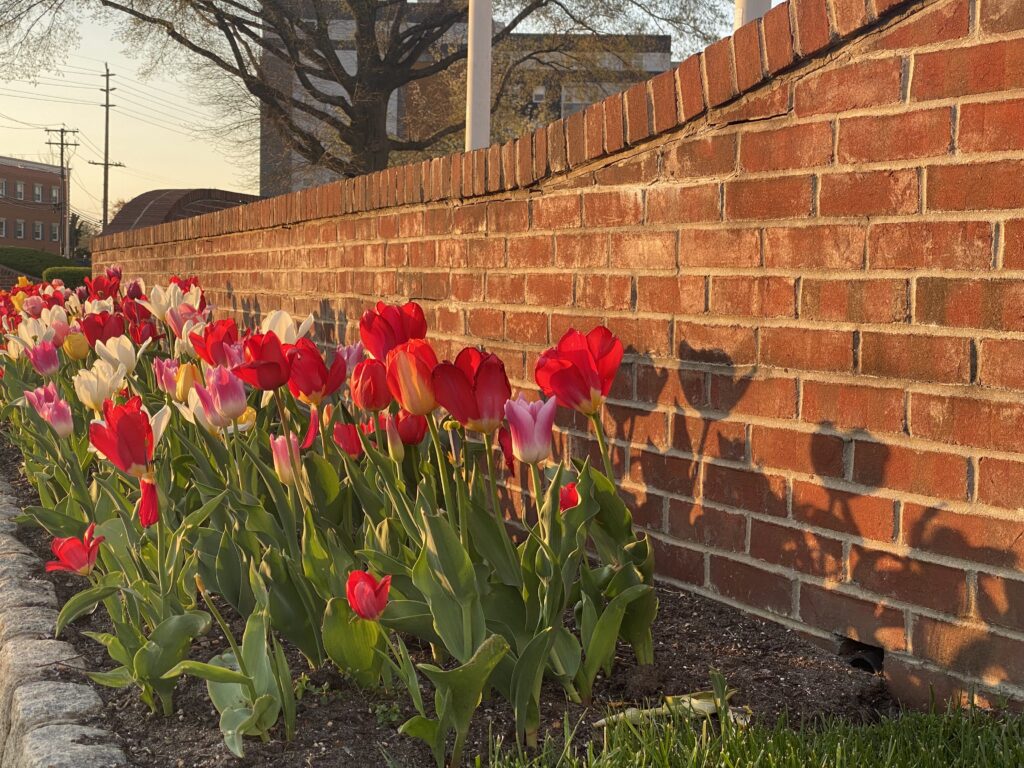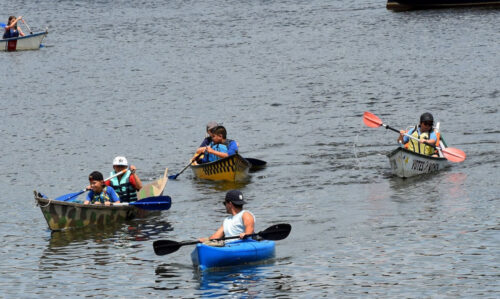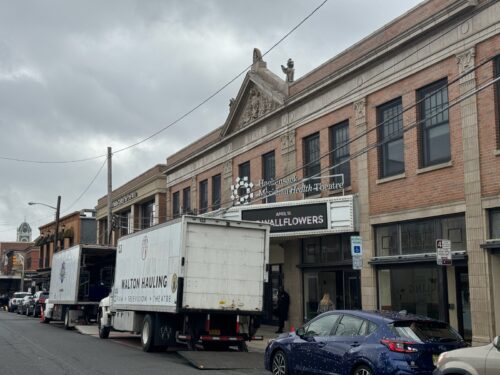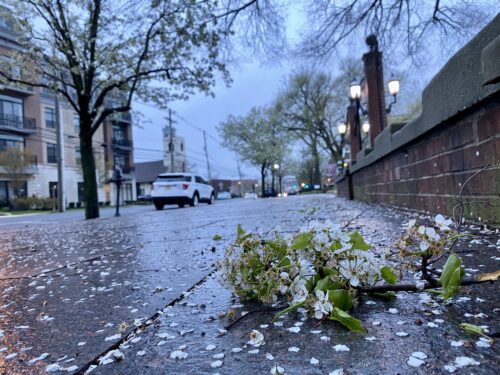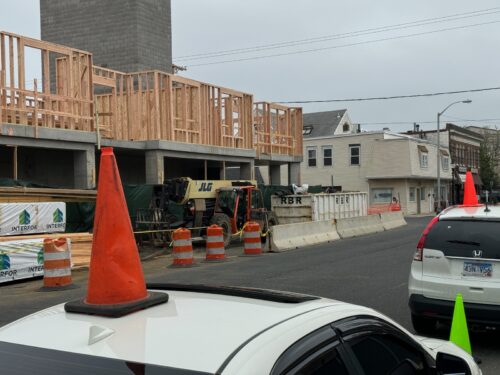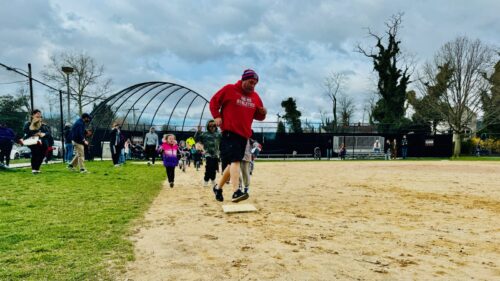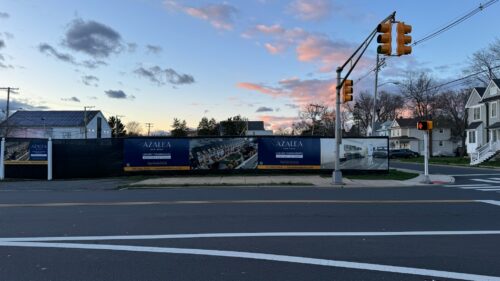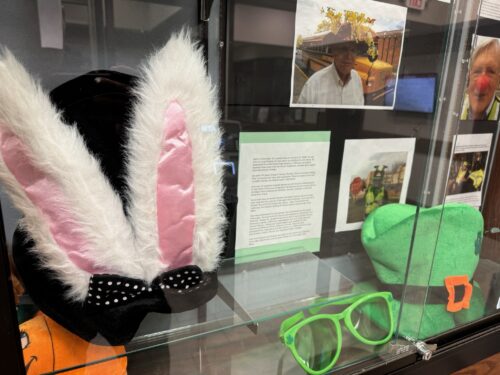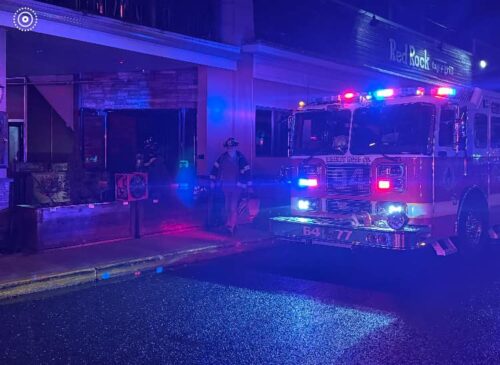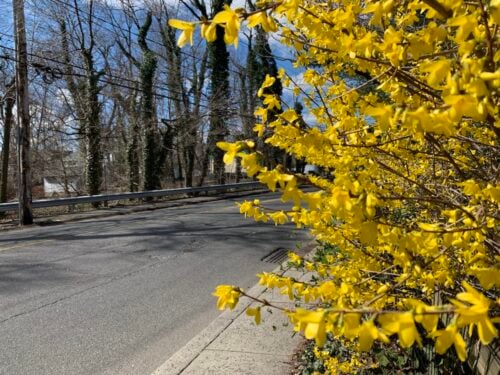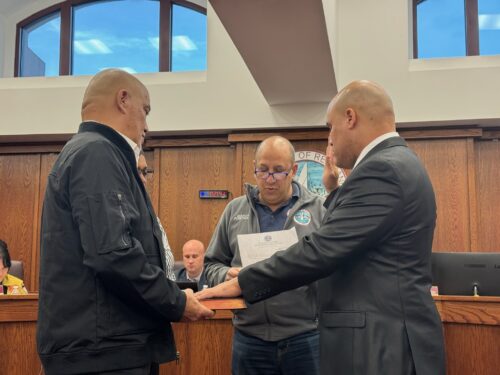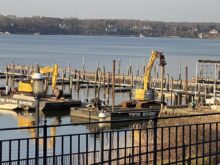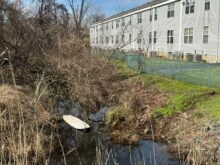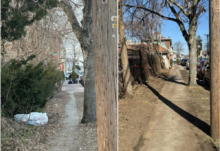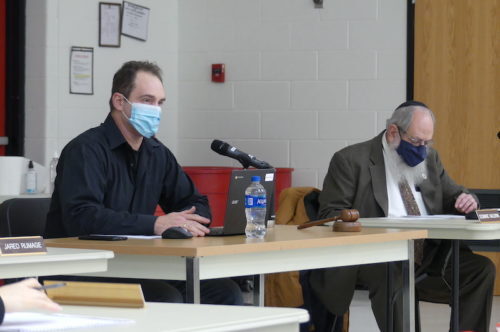
By JOHN T. WARD

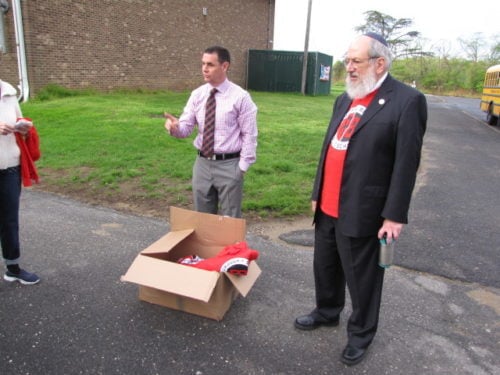
The primary and middle schools reopened Tuesday following a holiday break that was extended by one day because of 50 expected absences, Rumage said. On Tuesday, 41 staff members were out, he said, prompting a reshuffling of assignments for those who came in.
“But people were flexible, and did what they need to do to get into school to make sure these kids are not just safe but learning and having a good time,” Rumage said at the board of education’s reorganization meeting Tuesday night.
Student attendance, while lower than the average of 94 percent, was “not too far off,” at about 85 percent, he said. Enrollment is 1,340 for the pre-K-8 district.
Rumage told redbankgreen he expects absences to decline rapidly as the incubation period for the virus and exclusion periods for “close contact” cases expire for those impacted over the holidays.
“We expect to have nearly everybody back by Monday,” he said.
At the meeting, the board elected Domenic Kalorin to succeed Fred Stone as president.
Sue Viscomi, a 12-year board member who heads the finance committee, also was nominated. But she declined the nomination, voicing disappointment at what she characterized as a predetermined outcome, and voted in favor of Kalorin.
Rumage praised Stone as “someone who has been there for me constantly, and always has the best interests of our students and their families at heart.”
Afterward, Stone told redbankgreen that his five-and-a-half-years at the helm had seen the district “grow in terms of its educational program, with an emphasis on equity in building what was a good district into a really good district.”
In addition, “we played some role in improving the state’s funding situation,” by repeatedly lobbying legislators in Trenton, he said.
Today, the Red Bank district receives about 70 percent of what it is due under state funding formula, up from about 30 percent just a few years ago, Stone said.
If you value the news coverage provided by redbankgreen, please become a financial supporter for as little as $1 per month. Click here to set your own level of monthly or annual contribution.


